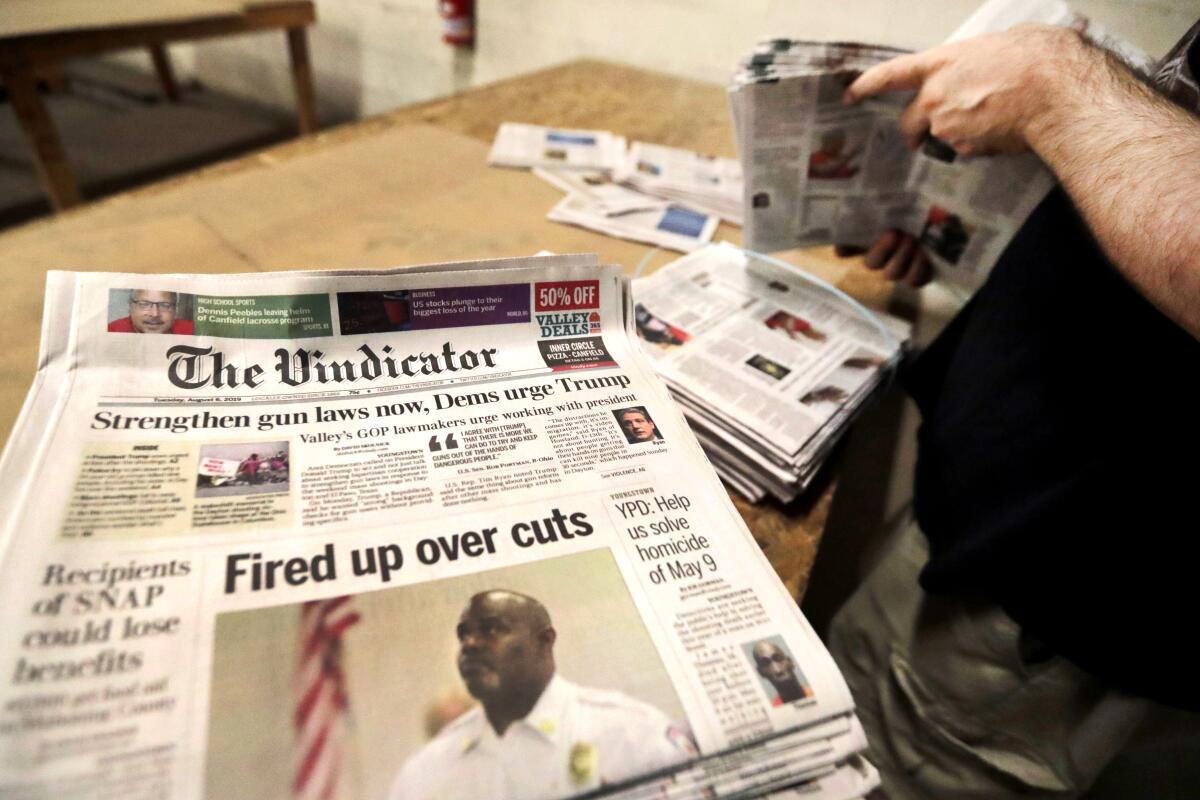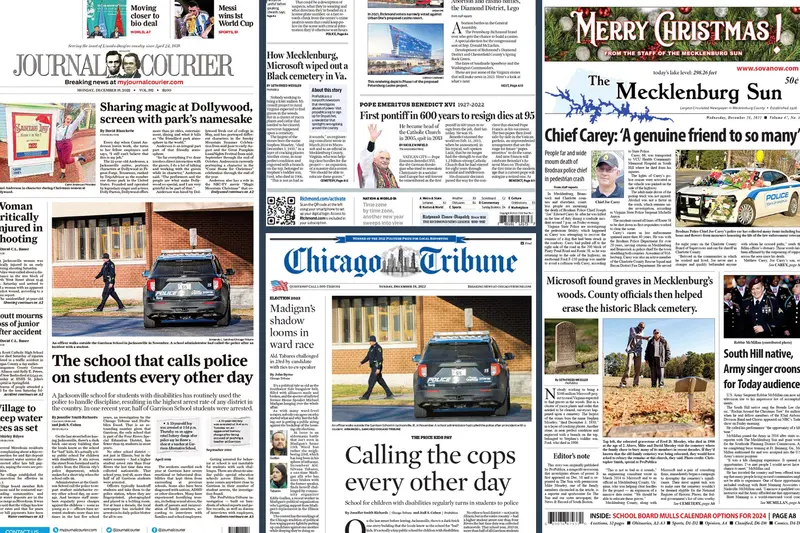Little Known Questions About News Articles.
Little Known Questions About News Articles.
Blog Article
8 Simple Techniques For News Articles
Table of ContentsWhat Does News Articles Mean?What Does News Articles Mean?Fascination About News ArticlesThe 9-Minute Rule for News ArticlesNews Articles Fundamentals Explained
Great understanding of different topics gives students an affordable edge over their peers. Although electronic and social media sites are readily easily accessible, we should not fail to remember just how vital it is to check out the newspapers. Parents must try and instill the habit of reviewing a newspaper as a day-to-day regimen to continue the heritage of the revered print medium.News tales additionally have at least one of the following vital characteristics relative to the intended audience: proximity, importance, timeliness, human rate of interest, anomaly, or consequence.
Within these restrictions, newspaper article also aim to be extensive. Various other variables are entailed, some stylistic and some acquired from the media kind. Among the larger and more highly regarded newspapers, fairness and balance is a major consider providing info. Discourse is typically restricted to a separate section, though each paper may have a various total slant.
Papers with a global target market, for example, tend to utilize a more official style of writing. News Articles.; typical style overviews consist of the and the US Information Style Publication.
What Does News Articles Mean?
As a guideline, reporters will certainly not make use of a lengthy word when a short one will certainly do. They make use of subject-verb-object building and construction and vivid, active prose (see Grammar). They use stories, instances and allegories, and they rarely rely on generalizations or abstract ideas. News authors attempt to prevent making use of the very same word more than once in a paragraph (in some cases called an "resemble" or "word mirror").
Headlines in some cases omit the topic (e.g., "Jumps From Watercraft, Catches in Wheel") or verb (e.g., "Feline woman fortunate"). A subhead (additionally subhed, sub-headline, subheading, subtitle, deck or dek) can be either a secondary title under the main heading, or the heading of a subsection of the write-up. It is a heading that precedes the primary text, or a team of paragraphs of the primary text.

of a write-up subject, source, or interviewee), it is described as a drawn quote or draw quote. Additional signboards of any one of these kinds might appear later in the short article (particularly on succeeding pages) to tempt additional reading. Journalistic web sites occasionally make use of animation techniques to swap one billboard read this article for another (e.g.
Indicators on News Articles You Need To Know
Such billboards are likewise utilized as tips to the article in various other areas of the magazine or website, or as ads for the piece in various other publication or sites. Press release of the Swiss federal government. Normal structure with title, lead paragraph (recap in bold), other paragraphs (details) and call info.

Example of a hard-lead paragraph NASA is recommending an additional room task. The firm's spending plan demand, revealed today, consisted of a strategy to send out one more objective to the Moon. This time around the company intends to establish a long-term center as a jumping-off place for various other room experiences. The budget plan requests approximately $10 billion for the task.
An "off-lead" is the second most crucial front page information of the day. To "bury the lead" is to begin the article with history information or information of review secondary importance to the viewers, forcing them to review more deeply right into a write-up why not try here than they need to have to in order to discover the necessary points.
What Does News Articles Do?
Typical use is that one or 2 sentences each develop their own paragraph. Journalists generally define the company or structure of a newspaper article as an inverted pyramid. The crucial and most interesting aspects of a tale are put at the start, with supporting info complying with in order of lessening value.
It permits people to explore a topic to only the depth that their inquisitiveness takes them, and without the charge of information or nuances that they could think about unnecessary, yet still making that details readily available to much more interested visitors. The inverted pyramid structure likewise allows write-ups to be trimmed to any type of arbitrary length during layout, to fit in the area offered.
Some authors start their tales with the "1-2-3 lead", yet there are several kinds of lead offered. A kicker can refer to multiple points: The last tale in the news program; a "satisfied" story to end the program.
Longer posts, such as publication cover short articles and the items that lead the inside areas of a paper, are known as. Attribute stories differ from straight news in a number of ways. Foremost is the lack of a straight-news lead, a lot of the time. Rather than using the essence of a story in advance, feature authors might attempt to draw readers in.
The smart Trick of News Articles That Nobody is Discussing
An attribute's initial paragraphs frequently connect an interesting moment or event, as in an "anecdotal lead". From the particulars of an individual or episode, its sight quickly broadens to abstract principles regarding the story's subject.

The Editor's Tool kit: A Recommendation Guide for Beginners and Professionals (2001) Allan M. Siegal and William G. Connolly. The New York City Times Handbook of Design and Usage: The Official Design Guide Made Use Of by the Writers and Editors of the World's Most Reliable Newspaper (2002) M. L. Stein, Susan Paterno, and R.
Report this page